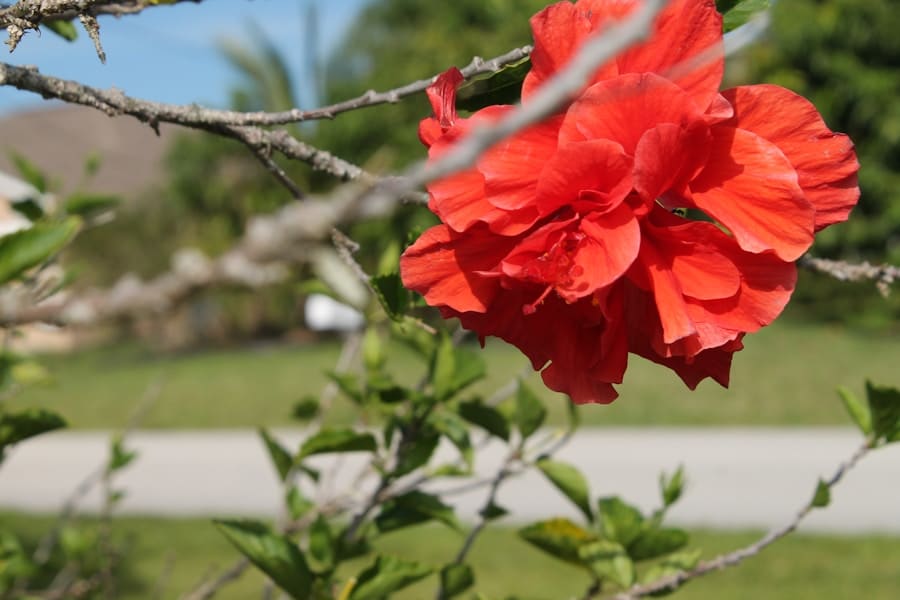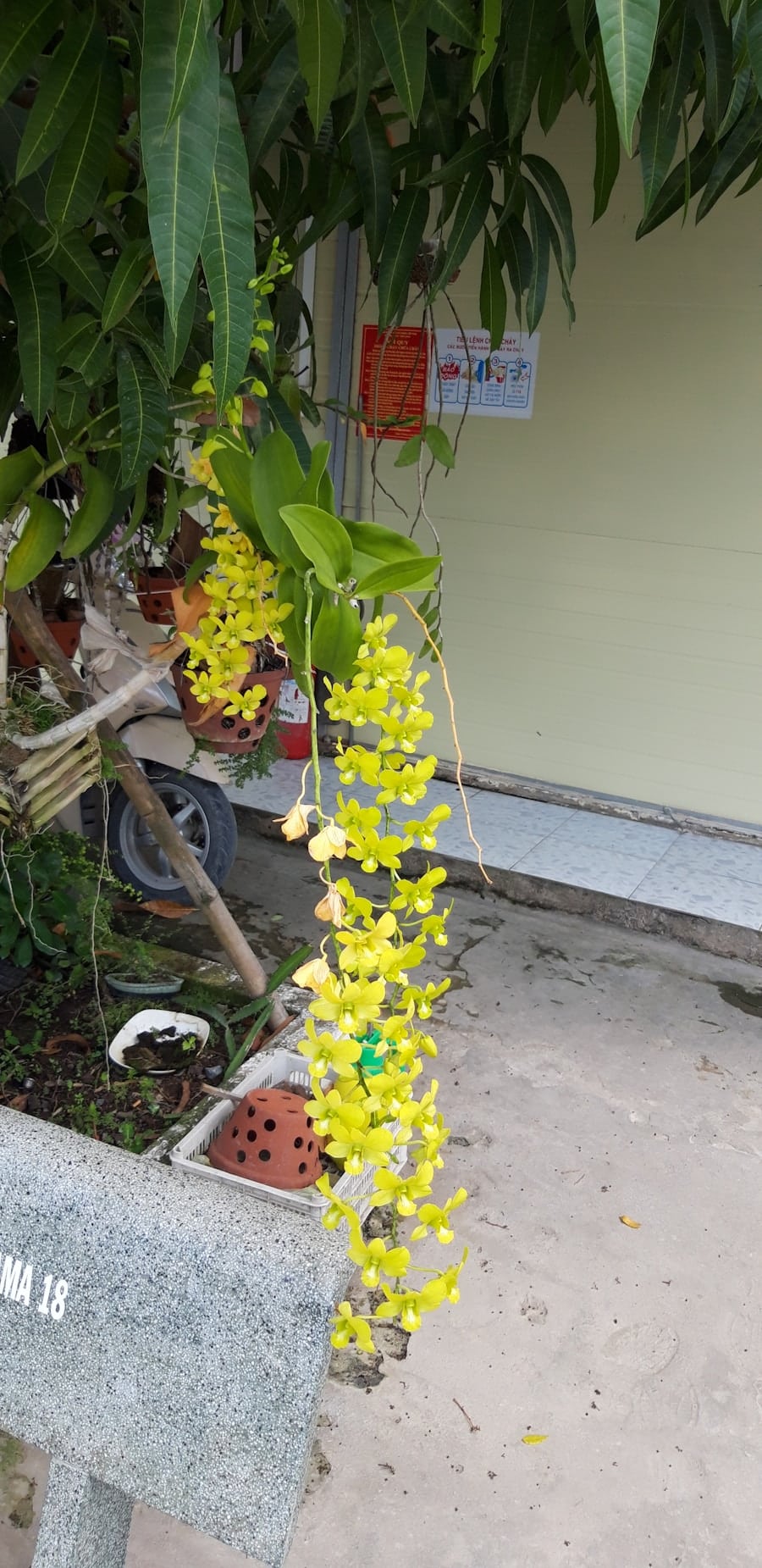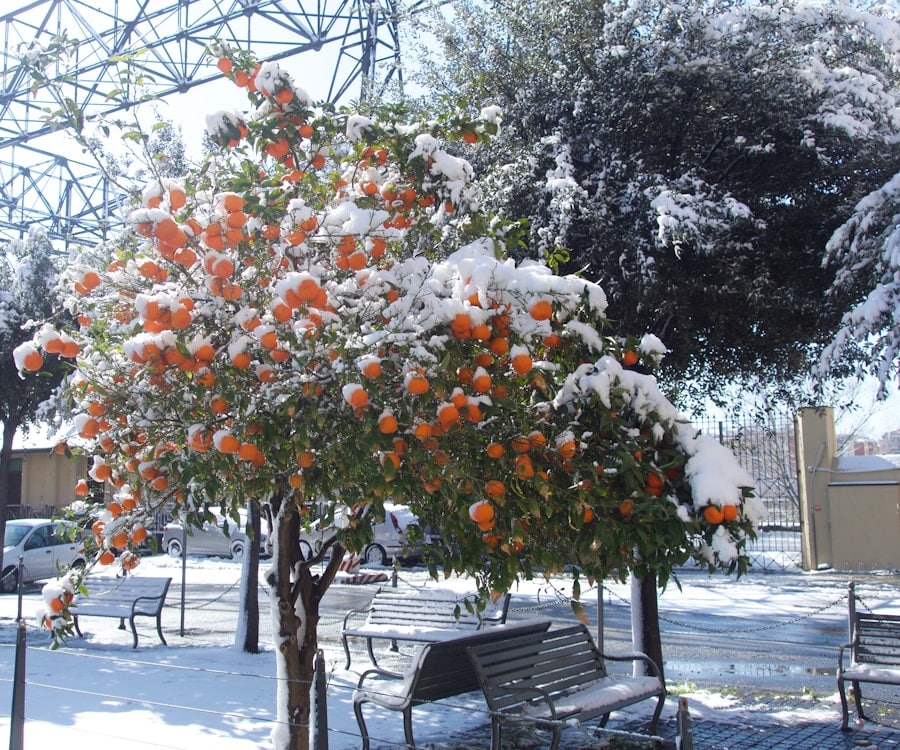As I wander through the vibrant landscapes of Florida, I am continually captivated by the kaleidoscope of colors that adorn the state throughout the year. Unlike many regions where seasons dictate the rhythm of blooming flowers, Florida boasts a unique climate that allows for a stunning array of flora to flourish in every season. This year-round blooming phenomenon is not just a visual delight; it is a testament to the state’s rich biodiversity and its ability to support a wide variety of plant life.
From the delicate petals of wildflowers to the lush foliage of tropical plants, Florida’s floral offerings are a source of inspiration and joy for both residents and visitors alike. The allure of Florida’s blooms extends beyond mere aesthetics. The state’s unique climate, characterized by warm temperatures and ample rainfall, creates an ideal environment for a diverse range of plant species.
As I explore the gardens, parks, and natural reserves, I am reminded of how these vibrant blooms contribute to the overall ecosystem, providing essential habitats for pollinators and other wildlife. In this article, I will delve into the fascinating world of Florida’s year-round blooms, exploring the diversity of its flora, the best locations for viewing these natural wonders, and the importance of conservation efforts to preserve this floral beauty for generations to come. Visit Our Site at https://chikusgarden.com/ for more information.
Key Takeaways
- Florida’s year-round blooms offer a diverse and beautiful array of flora for residents and visitors to enjoy.
- The state’s unique climate and geography contribute to the wide variety of plants that thrive in Florida, from tropical to subtropical species.
- Some of the best locations for viewing year-round blooms in Florida include botanical gardens, state parks, and wildlife refuges.
- The debate between native and non-native plants in Florida raises important questions about conservation and ecological impact.
- Conservation efforts are crucial in preserving Florida’s floral beauty and protecting the state’s natural ecosystems for future generations.
The Diversity of Floridian Flora
Florida’s flora is a rich tapestry woven from various ecosystems, each contributing its unique set of plants. As I traverse the state, I encounter everything from subtropical species to temperate varieties, all coexisting in harmony. The diversity is astounding; I can find towering palm trees swaying in the coastal breeze alongside delicate orchids clinging to tree branches in the humid interior.
This remarkable variety is not just a feast for the eyes; it plays a crucial role in maintaining ecological balance. Each plant species has adapted to its environment, creating a complex web of life that supports countless organisms. One of the most striking aspects of Florida’s flora is its ability to bloom throughout the year.
While many regions experience a dormant period during winter, Florida’s mild climate allows for continuous growth and flowering. I often find myself enchanted by the sight of hibiscus and bougainvillea bursting with color even in the cooler months. The state’s unique geography, with its wetlands, forests, and coastal areas, provides numerous niches for different plant species to thrive.
This diversity not only enhances the beauty of the landscape but also contributes to the resilience of Florida’s ecosystems in the face of environmental challenges.
Best Locations for Viewing Year-Round Blooms in Florida

When it comes to experiencing Florida’s year-round blooms, there are several locations that stand out as must-visit destinations. One of my favorite spots is the Fairchild Tropical Botanic Garden in Coral Gables. This expansive garden showcases an impressive collection of tropical plants and flowers from around the world.
As I stroll through its winding paths, I am greeted by vibrant displays of orchids, bromeliads, and flowering trees that seem to burst with life at every turn. The garden also hosts seasonal events that celebrate the beauty of its blooms, making it a perfect destination for flower enthusiasts. Another gem I often visit is the Naples Botanical Garden.
Nestled along the Gulf Coast, this garden features themed areas that highlight different ecosystems found in Florida and beyond. From the lush tropical gardens to the serene water gardens, each section offers a unique perspective on the state’s floral diversity. I find myself particularly drawn to the Butterfly Garden, where colorful blooms attract a myriad of butterflies, creating a living tapestry of movement and color.
The garden’s commitment to conservation and education further enhances my appreciation for Florida’s natural beauty. As I delve deeper into Florida’s floral landscape, I become increasingly aware of the distinction between native and non-native plants. Native plants are those that have evolved in a specific region over thousands of years, adapting to local conditions and forming symbiotic relationships with native wildlife.
In contrast, non-native plants are introduced species that may not have natural predators or competitors in their new environment. While some non-native plants can enhance gardens with their beauty, they can also pose significant threats to local ecosystems. I have learned that incorporating native plants into my garden not only supports local wildlife but also promotes biodiversity.
For instance, planting native wildflowers attracts pollinators like bees and butterflies, which are essential for maintaining healthy ecosystems. Additionally, native plants are often more resilient to local pests and diseases, requiring less maintenance and fewer resources than their non-native counterparts. By choosing to cultivate native flora in my own garden, I feel a sense of connection to Florida’s natural heritage while contributing to the preservation of its unique ecosystems.
The Importance of Conservation Efforts in Preserving Florida’s Floral Beauty
| Conservation Effort | Impact |
|---|---|
| Florida Wildflower Foundation | Over 400,000 acres of wildflowers and native grasses restored |
| Florida Native Plant Society | Over 30,000 members dedicated to preserving native plants |
| Florida State Parks | Over 800,000 acres of protected natural areas |
| Florida Department of Environmental Protection | Over 175,000 acres of conservation lands managed |
As I reflect on Florida’s stunning floral diversity, I am reminded of the pressing need for conservation efforts to protect these natural treasures. Urban development, climate change, and invasive species pose significant threats to Florida’s ecosystems and their delicate balance. I have witnessed firsthand how habitat loss can lead to declines in native plant populations and disrupt the intricate relationships between flora and fauna.
This realization has fueled my passion for supporting conservation initiatives aimed at preserving Florida’s unique botanical heritage. Organizations dedicated to conservation play a vital role in safeguarding Florida’s floral beauty. They work tirelessly to restore habitats, educate the public about native plants, and promote sustainable gardening practices.
I often participate in local volunteer events focused on planting native species or removing invasive plants from natural areas. These experiences not only deepen my appreciation for Florida’s flora but also empower me to take an active role in protecting it. By supporting conservation efforts, I contribute to ensuring that future generations can enjoy the same breathtaking blooms that have captivated me.
Tips for Creating a Year-Round Blooming Garden in Florida
Selecting the Right Plants
One of the most important lessons I’ve learned is the importance of selecting plants that thrive in Florida’s unique climate. By choosing native species such as coreopsis, blanket flower, and firebush, I can create a garden that not only flourishes but also supports local wildlife. These plants are well-adapted to Florida’s soil and weather conditions, making them easier to care for while providing essential resources for pollinators.
Strategic Planning for Year-Round Blooms
In addition to selecting the right plants, I’ve discovered that strategic planning can enhance my garden’s blooming potential throughout the year. By incorporating a mix of early-blooming perennials like black-eyed Susans with late-blooming varieties such as asters, I can ensure that there is always something in bloom.
Companion Planting for a Healthy Ecosystem
I’ve also learned about companion planting—pairing certain plants together to promote growth and deter pests—which has proven beneficial in maintaining a healthy garden ecosystem. With careful planning and attention to seasonal changes, my garden has transformed into a vibrant tapestry of colors that brings joy throughout the year.
The Economic Impact of Florida’s Floral Industry

Florida’s floral industry is not only vital for its ecological significance but also plays a crucial role in the state’s economy. As I explore local markets and nurseries, I am struck by how deeply intertwined this industry is with Florida’s identity. The state is one of the largest producers of flowers and ornamental plants in the United States, contributing billions of dollars annually to its economy.
From cut flowers to potted plants, Florida’s floral industry supports thousands of jobs and provides livelihoods for many families. Moreover, tourism plays a significant role in bolstering Florida’s floral economy. Visitors flock to botanical gardens, flower festivals, and nurseries eager to experience the state’s stunning blooms firsthand.
As I attend these events, I witness how they not only celebrate Florida’s floral beauty but also stimulate local economies by attracting tourists who spend on accommodations, dining, and shopping. The economic impact extends beyond immediate sales; it fosters community pride and encourages sustainable practices that benefit both people and nature.
Embracing and Celebrating Florida’s Endless Floral Beauty
In conclusion, my journey through Florida’s year-round blooms has been nothing short of enchanting. The state’s diverse flora offers a continuous display of color and life that captivates my senses and deepens my appreciation for nature’s artistry. As I reflect on the importance of preserving this floral beauty through conservation efforts and sustainable practices, I feel a sense of responsibility to protect these natural treasures for future generations.
Embracing Florida’s endless floral beauty means more than simply admiring its blooms; it involves actively participating in efforts to sustain its ecosystems and promote biodiversity. Whether through gardening with native plants or supporting local conservation initiatives, each small action contributes to preserving this vibrant landscape that has become an integral part of my life. As I continue to explore and celebrate Florida’s floral wonders, I am reminded that these blooms are not just fleeting moments of beauty; they are enduring symbols of resilience and hope in our ever-changing world.
If you are interested in learning more about flowers that grow in Florida year-round, you may want to check out Chiku’s Garden’s article on hydrogen peroxide for plants. This article discusses how hydrogen peroxide can be used to promote healthy growth in various types of plants, including flowers that thrive in Florida’s climate. To read more about this topic, visit Chiku’s Garden’s article on hydrogen peroxide for plants.
FAQs
What are some flowers that grow in Florida year round?
Some flowers that grow in Florida year round include hibiscus, bougainvillea, plumbago, pentas, and lantana.
What are the best conditions for growing flowers in Florida?
Flowers in Florida thrive in well-drained soil, plenty of sunlight, and regular watering. They also benefit from regular fertilization and occasional pruning.
Are there any native flowers that grow year round in Florida?
Yes, there are several native flowers that grow year round in Florida, including coreopsis, blanket flower, firebush, and beach sunflower.
Can I grow flowers in Florida during the summer months?
Yes, many flowers can be grown in Florida during the summer months, as long as they are given proper care and attention, such as regular watering and protection from intense heat.
What are some low-maintenance flowers that grow well in Florida year round?
Some low-maintenance flowers that grow well in Florida year round include marigolds, impatiens, zinnias, and portulaca. These flowers are relatively easy to care for and can withstand Florida’s climate.

